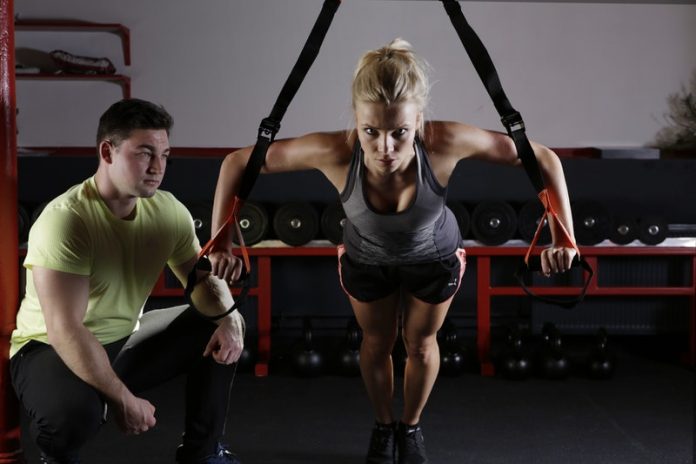
In a new study, researchers found that exercising at a moderate intensity produces almost the same physical outcomes as exercising at maximum intensity.
The research was conducted by a team at the University of Alberta.
Functional fitness training—more commonly known as CrossFit or high-intensity interval training (HIIT)—is a circuit-based exercise program in which participants complete a series of weightlifting and cardio-based exercises in four-minute sessions with two minutes of rest in between exercises for 20 to 30 minutes.
Each session is traditionally done at a person’s maximum intensity level where they are encouraged to complete the highest amount of work within a set time.
According to U of A exercise physiologist Michael Kennedy, this type of all-out exercising comes with a number of health risks.
Physical injury is probably most linked to functional fitness training risks because people ignore the pain signals in pursuit of going all out for prolonged periods of time
It is also known that intense-type exercise, like that done in this study, increases illness risk due to decreased immunity.
Researchers noted that the extreme fatigue that can come with these types of all-out workouts can negatively affect people’s emotional state, which is counterintuitive to the positive psychological benefits usually associated with physical activity and exercise.
In the study, the team looked at the differences in intensity regulation during an interval training-style exercise program.
They tested eight participants who regularly engage in functional fitness training.
These people repeated the same circuit-based workout program—once at maximum intensity and once at a more moderate intensity.
Moderate intensity is defined as a six out of 10 on the Rate of Perceived Exertion Scale (RPE), where a one is very light, six is on the higher end of strong and 10 is considered all-out.
The researchers found that while the overall repetitions in the all-out sessions were higher, the majority of the work was done in the first two four-minute sessions.
By the time the all-out group got to the third and fourth sessions, they were completing nearly the same amount of reps as the lower-intensity group.
The data showed exercising at an intensity level of six enabled you to still reap the positive benefits of the activity while not exhausting you so much that you are not able to sustain this level over the course of an individual session or over time with multiple sessions.
The team also highlighted the large lactate response, which can increase acidity in muscle cells, found in the all-out intensity condition compared with the lower-intensity condition.
The researchers noted that the levels participants were reporting is the sort of lactate concentration that can lead to dizziness, nausea and reduced muscle power, and can create conditions that counteract well-being and motivation to want to exercise.
If people can achieve the same physical benefits from lesser-intensity exercise, it improves their long-term adherence to exercise and physical activity.
The study is published in Sports.
Copyright © 2019 Knowridge Science Report. All rights reserved.



